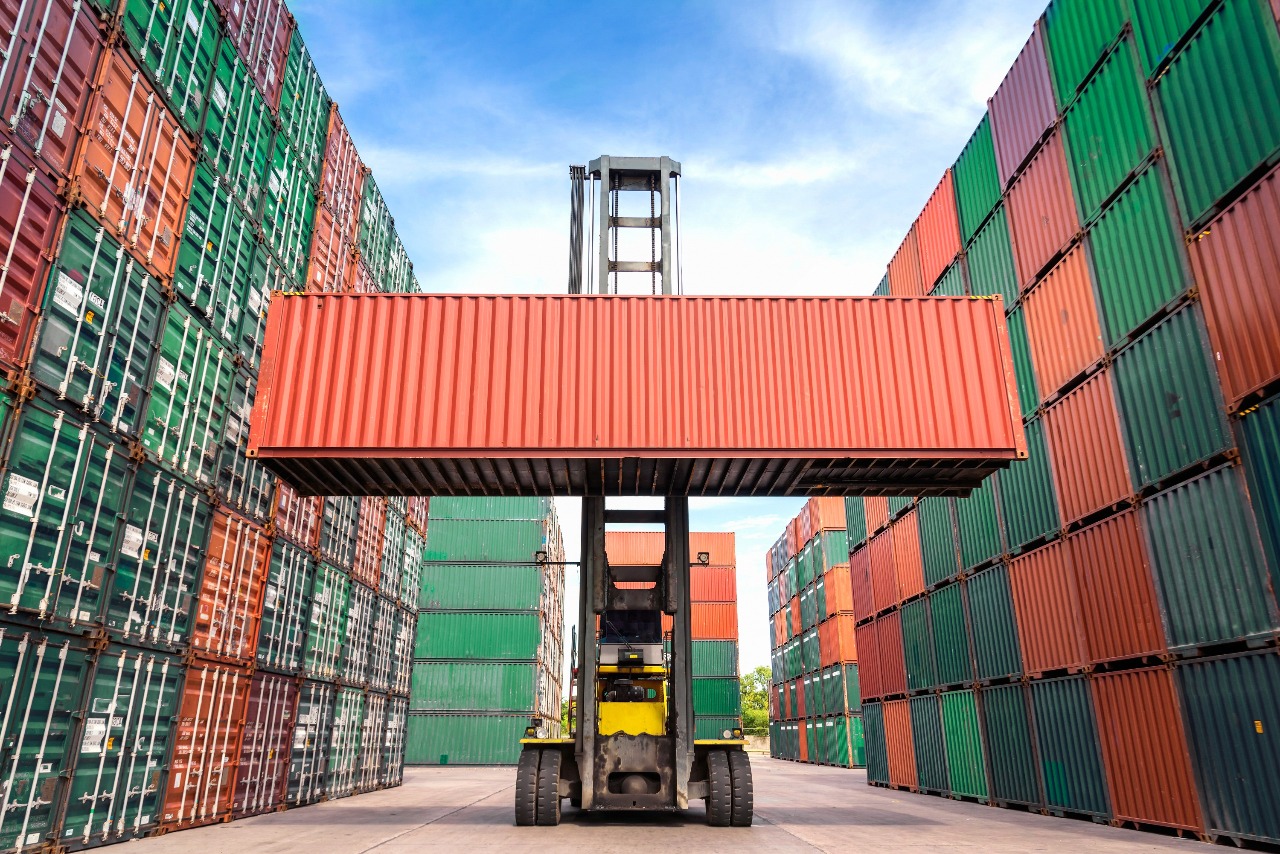Transloading can create significant savings and maximize efficiency throughout your supply chain.
These days, most shipments require multiple modes of transportation to reach their ultimate destination. When executed correctly, this process — known as transloading — is a great way to boost cost-savings and reduce transit times; however, it’s not without its risks. Even the smallest delay or miscommunication can result in system breakdowns and supply chain bottlenecks, not only driving up costs but delaying shipments and jeopardizing partnerships as well.
But with the proper technologies, infrastructure, and value-added services — e.g., palletizing, shrink wrapping, cargo consolidation, etc. — in place, you can ensure that transloading remains an asset to your business — not a potential threat. Here are a few tips that will help you minimize the risks and maximize the cost savings associated with transloading.
1. Know the Rules
Since transloading is most cost-effective when a shipment can be transferred into fewer containers, shippers should package their cargo with these restrictions in mind. The contents of several standardized ocean containers, for example, can be moved into two standardized trailers.
2. Factor in Expected Delays
Because transloading entails loading, unloading, and reloading goods, a transloaded shipment might not leave the port until two or three days after arrival. Shippers should account for these necessary delays when calculating transit times.
3. Consider Your Needs
Transloading can generate considerable savings when shipping products over shorter distances, but as the distance increases, the remaining shipping costs may outweigh these savings. It also places fragile goods at a greater risk of damage
4. Embrace Technology
An online supply chain management system with an integrated electronic data interchange (EDI) program can track your shipment at every stage of transloading and immediately forward relevant data to customers and fellow logistics providers. As a result, you can respond to sudden challenges and changes in demand quickly and effectively.
5. Consolidate Shipments to Increase Cost Savings
Transloading provides opportunities to generate additional cost savings by consolidating cargo into fewer containers. For example, three standard 40-foot stackable containers will typically fit into two 53-foot road/rail containers. This enables shippers to save on fuel and logistical costs when delivering goods to distribution centers or their final destination.
6. Partner with an Integrated Logistics Provider
With a process as complex as transloading, it’s always a good idea to seek out expert help to keep things running smoothly. Integrated logistics service providers (ISPs) have the necessary knowledge and resources to manage freight as it moves between multiple carriers and transportation modes spread across the globe. They have their extensive shipping networks enable them to negotiate competitive rates without sacrificing flexibility or speed in the process. Moreover, centralizing the shipping process will make transloading run more smoothly, helping you avoid miscommunication and delays.
With nearly two decades of experience in international shipping and logistics, as well as extensive capabilities and networks within every major mode of transportation, Primary Freight is uniquely positioned to drive value and minimize risk in multi-modal shipping operations. Our dedicated team of shipping experts employ the latest technologies to maximize visibility, coordination, and value during transloading processes, ensuring your cargo reaches its destination on time and in the most cost-efficient way possible.
If you’d like to learn more about Primary Freight’s shipping capabilities and logistical expertise, give us a call today at (800) 635-0013.
